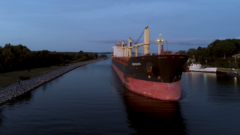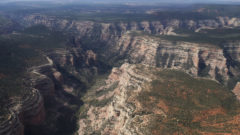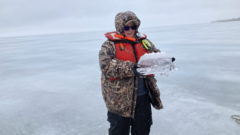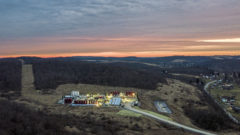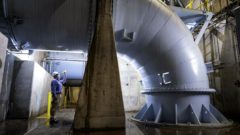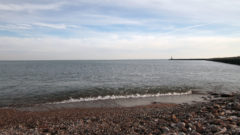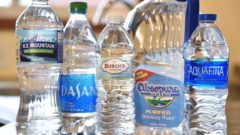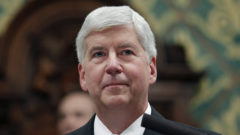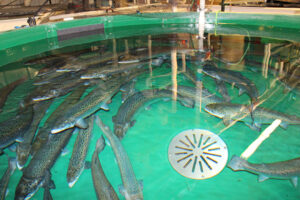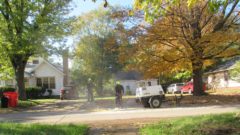EPA wants states to steer new water money to disadvantaged areas
The Biden administration directed states this week to make sure that disadvantaged communities which struggle with disproportionally higher pollution and environmental health risks get an equitable share of new water infrastructure funding over the next five years. Read the full story by MLive.
Great Lakes Commission
https://www.glc.org/dailynews/20220311-epa

